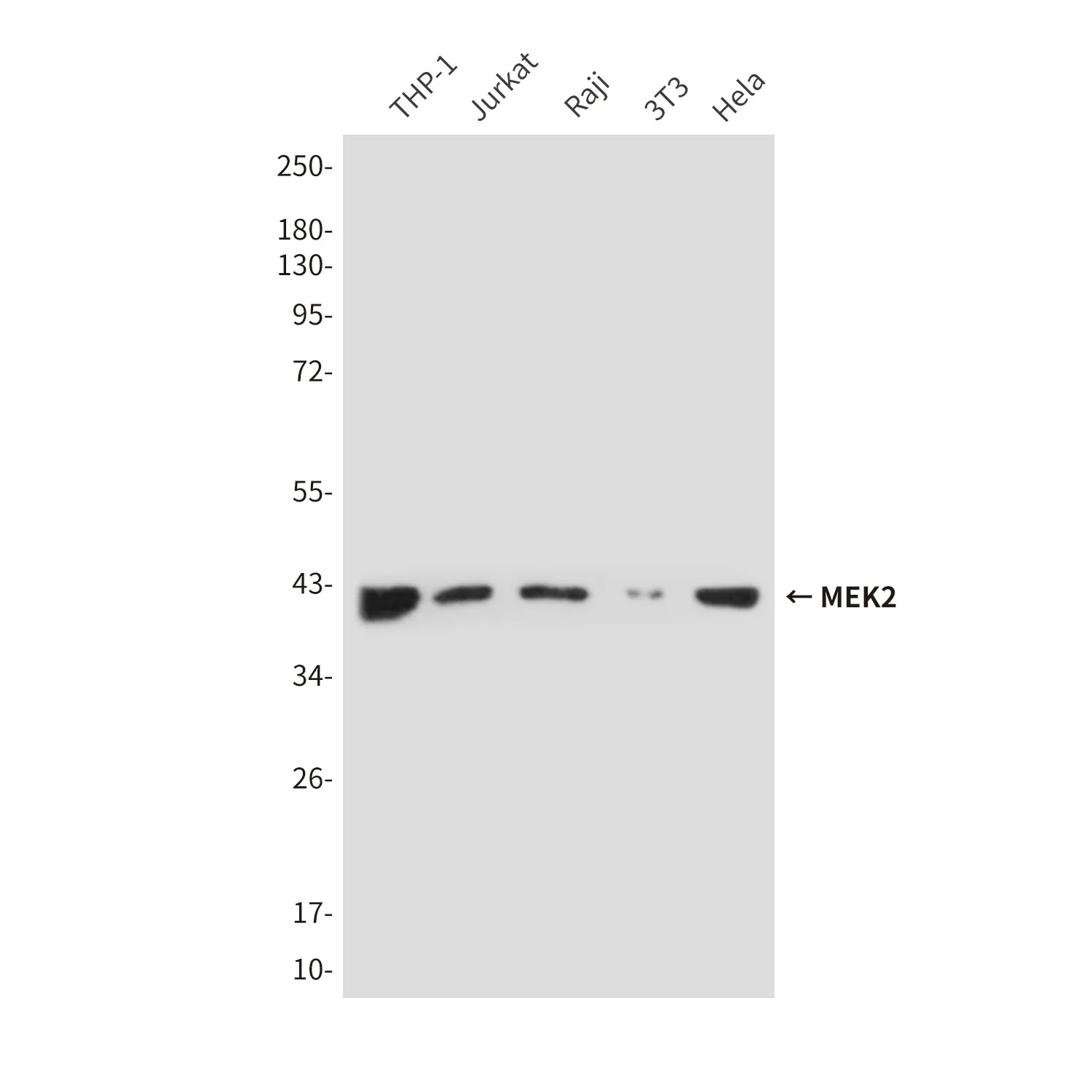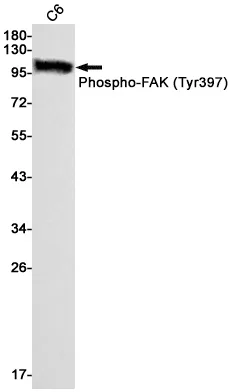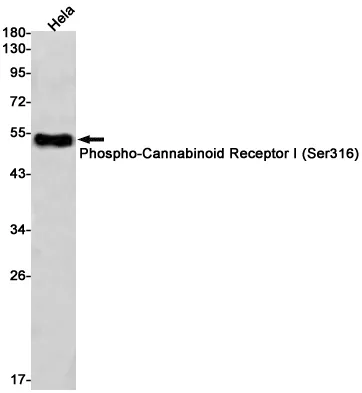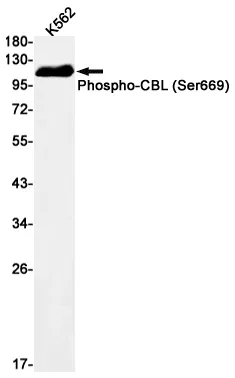Summary
Performance
Immunogen
Application
Background
Component of the CCM signaling pathway which is a crucial regulator of heart and vessel formation and integrity . Negative regulator of angiogenesis. Inhibits endothelial proliferation, apoptosis, migration, lumen formation and sprouting angiogenesis in primary endothelial cells. Promotes AKT phosphorylation in a NOTCH-dependent and independent manner, and inhibits ERK1/2 phosphorylation indirectly through activation of the DELTA-NOTCH cascade. Acts in concert with CDH5 to establish and maintain correct endothelial cell polarity and vascular lumen and these effects are mediated by recruitment and activation of the Par polarity complex and RAP1B. Required for the localization of phosphorylated PRKCZ, PARD3, TIAM1 and RAP1B to the cell junction, and cell junction stabilization. Plays a role in integrin signaling via its interaction with ITGB1BP1; this prevents the interaction between ITGB1 and ITGB1BP1. Microtubule-associated protein that binds to phosphatidylinositol 4,5-bisphosphate (PIP2)-containing membranes in a GTP-bound RAP1-dependent manner. Plays an important role in the maintenance of the intracellular reactive oxygen species (ROS) homeostasis to prevent oxidative cellular damage. Regulates the homeostasis of intracellular ROS through an antioxidant pathway involving FOXO1 and SOD2. Facilitates the down-regulation of cyclin-D1 (CCND1) levels required for cell transition from proliferative growth to quiescence by preventing the accumulation of intracellular ROS through the modulation of FOXO1 and SOD2 levels.
Research Area
Signal Transduction




